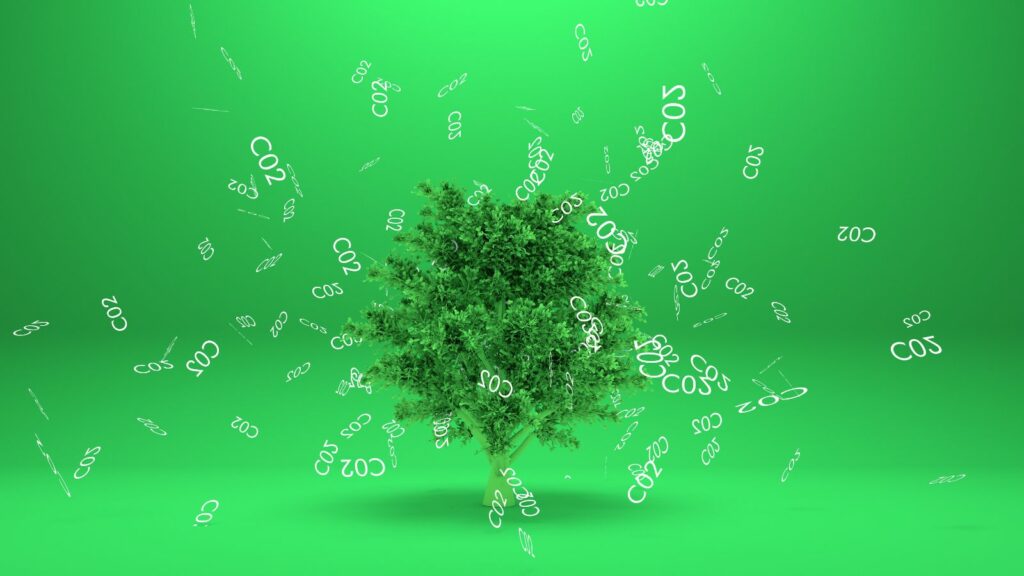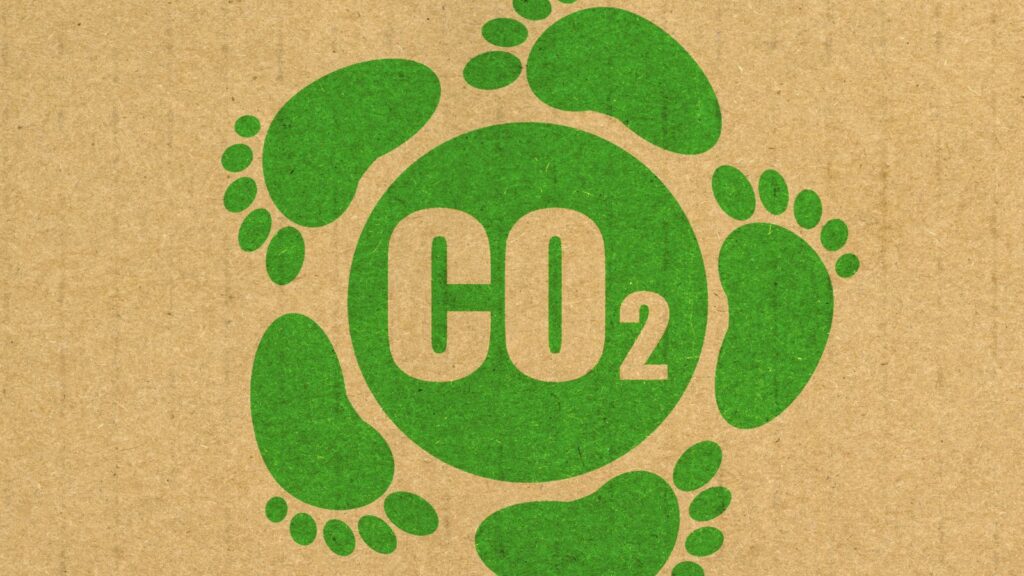In an era where climate change dominates global conversations, the carbon reduction cycle emerges as a pivotal strategy in mitigating environmental impact. This cycle, a series of processes aimed at reducing carbon emissions, plays a crucial role in the fight against global warming. As industries and individuals alike seek sustainable practices, understanding the intricacies of this cycle becomes essential.
Carbon Reduction Cycle

The carbon reduction cycle focuses on minimizing carbon emissions through a series of strategic actions. These actions aim to balance carbon release with absorption by natural and engineered processes. One crucial component is carbon capture, which involves capturing CO2 emissions from sources like power plants, then transporting and storing them underground. This method effectively prevents carbon from entering the atmosphere.
Renewable energy integration is another key aspect of the cycle. It reduces reliance on fossil fuels by utilizing resources like solar, wind, and hydroelectric power. These renewable resources generate energy with minimal emissions. Transitioning to these energy sources represents a significant step in decreasing overall carbon output.
The recycling and reusing of materials contribute to reducing energy consumption and emissions in production processes. Recycling reduces the need for raw material extraction and lowers energy use, cutting carbon footprints. Companies embracing circular economy principles promote sustainable resource management.
Afforestation and reforestation efforts enhance carbon sequestration by planting trees to absorb more CO2 from the atmosphere. These natural solutions strengthen the carbon reduction cycle by expanding carbon sinks, thus offsetting emissions from other activities.
Technologies Involved
Specific technologies drive the carbon reduction cycle by capturing, storing, and utilizing carbon emissions.
Direct Air Capture
Direct Air Capture (DAC) is a technology that extracts CO2 directly from the air. Using chemical processes, DAC captures emissions regardless of their source location. DAC allows for flexibility in deployment, as facilities can operate in diverse environments. Companies like Climeworks and Carbon Engineering have pioneered in this sector, developing scalable systems to reduce atmospheric carbon concentrations. Once captured, CO2 can be sequestered or utilized in manufacturing, fuels, or carbon-neutral products.
Bioenergy with Carbon Capture and Storage

Bioenergy with Carbon Capture and Storage (BECCS) combines bioenergy production with carbon capture technology to remove CO2 from the atmosphere. In BECCS, biomass such as wood or agricultural waste is used to produce energy. The CO2 emitted during this process is captured and stored underground, preventing its atmospheric release. BECCS not only generates renewable energy but also achieves net-negative carbon emissions, addressing both energy needs and carbon reduction targets. Facilities implementing BECCS, particularly in Europe, showcase its potential in large-scale decarbonization efforts.
Benefits of the Carbon Reduction Cycle
The carbon reduction cycle delivers significant benefits by addressing climate change and fostering sustainability. Gains span environmental, economic, and social domains, enhancing overall well-being and future prospects.
Environmental Impact

The carbon reduction cycle significantly lowers greenhouse gas emissions. By capturing and storing CO2, it minimizes atmospheric pollution and helps stabilize global temperatures. Renewable energy usage within the cycle reduces fossil fuel dependency, decreasing air and water pollution levels. Recycling and reforestation efforts bolster biodiversity, preserving ecosystems and promoting natural habitats. These processes synergistically contribute to enhanced environmental health and resilience.
Economic Advantages
Implementing the carbon reduction cycle offers substantial economic benefits. The integration of carbon capture technologies creates new sectors and job opportunities, driving economic growth. By adopting renewable energy sources, industries can reduce energy costs and dependence on volatile fossil fuel markets. Carbon utilization, converting CO2 into products like biofuels and chemicals, opens revenue streams and encourages innovation. Overall, the cycle supports a diversified and sustainable economy with long-term viability.
Lowering Carbon Footprints
The carbon reduction cycle presents an actionable framework for combating climate change and promoting sustainability. By integrating carbon capture, renewable energy, and recycling, both industries and individuals can significantly lower their carbon footprints. Although challenges exist, ongoing innovations and supportive policies are crucial for overcoming these barriers. The cycle not only offers environmental benefits but also economic opportunities, paving the way for a sustainable future. Embracing these strategies is essential for fostering a balanced ecosystem and ensuring long-term ecological health.

